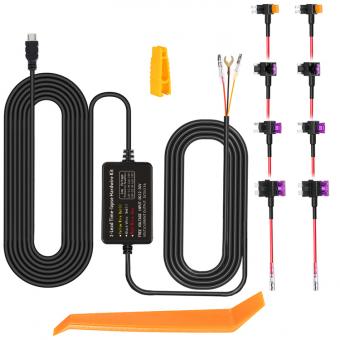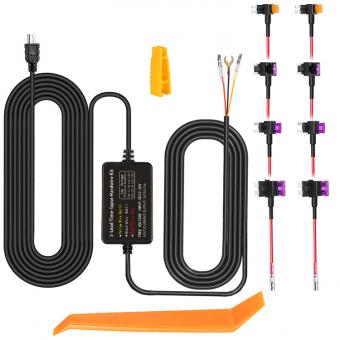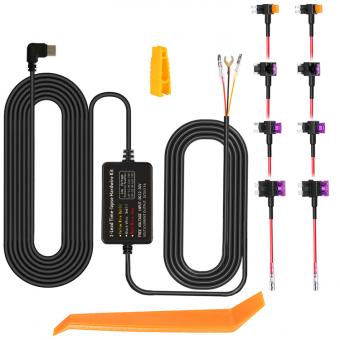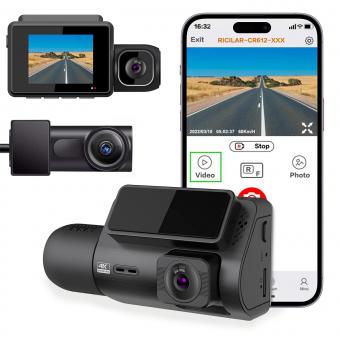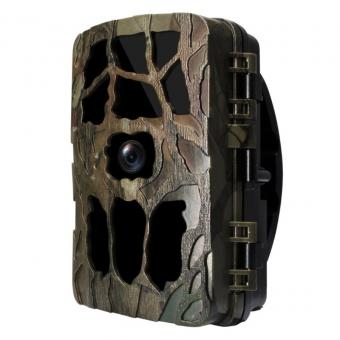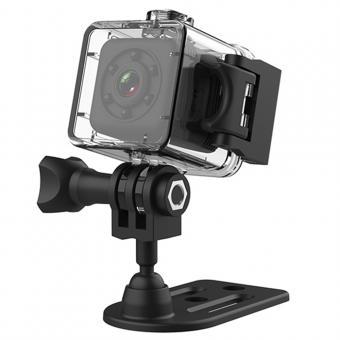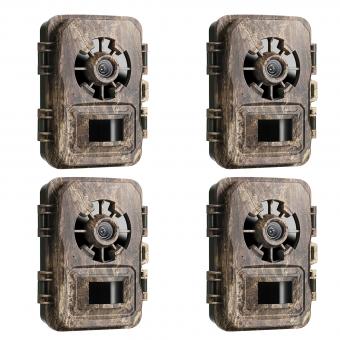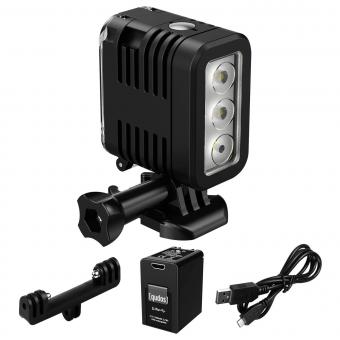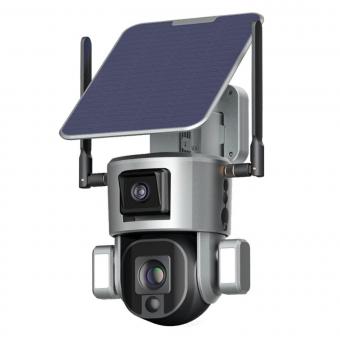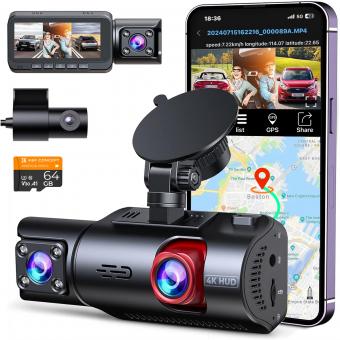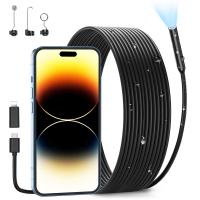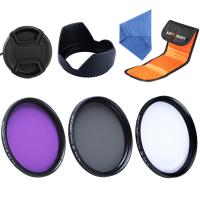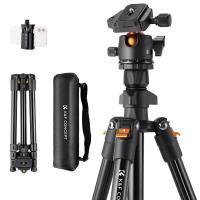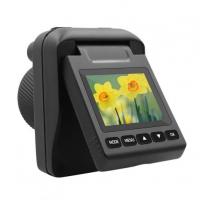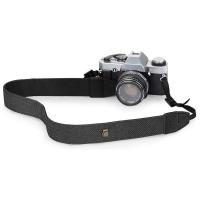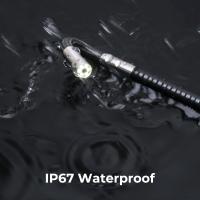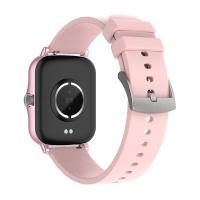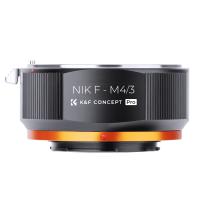How Does A Dash Camera Get Power?
Dash cameras, also known as dashboard cameras, have become essential gadgets for many drivers. They provide video evidence that can be crucial in the event of an accident or a fraudulent claim. However, one common question among new users is, "How does a dash camera get power?" Understanding how these devices are powered is essential for their proper installation, optimal use, and longevity. In this article, we will explore the various power sources for dash cameras, their pros and cons, and address common practical issues that users may face.
Types of Power Sources for Dash Cameras:
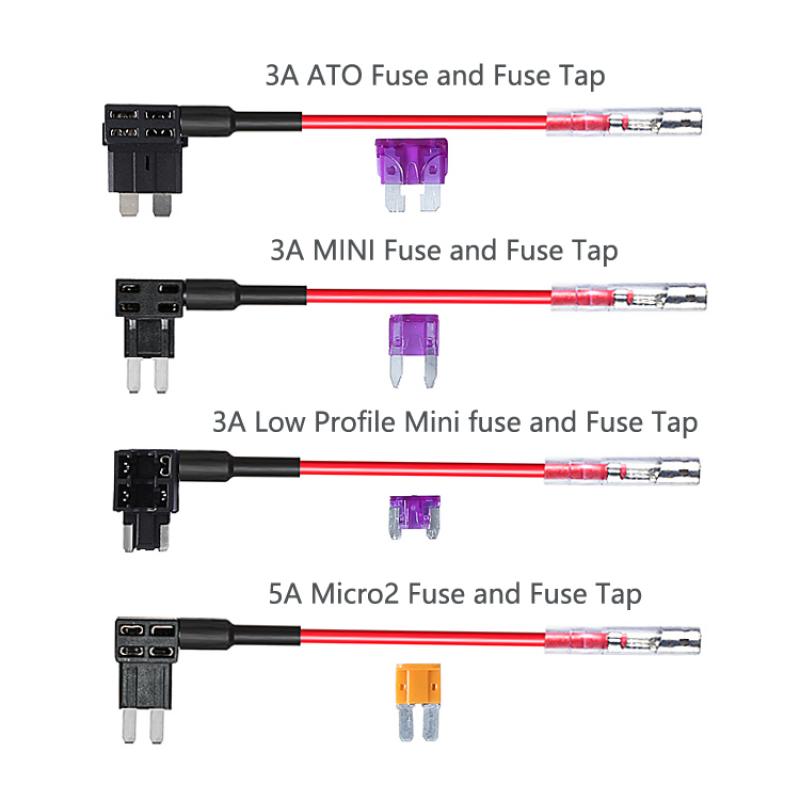
1. 12V Car Power Outlet (Cigarette Lighter Outlet)
The most straightforward and widely used method to power a dash camera is by plugging it into the car's 12V power outlet, often referred to as the cigarette lighter socket. Most dash cameras come with a power adapter designed to fit this outlet.
- Pros:
- Simple Installation: No technical skills are required. Literally "plug and play."
- Portability: Easy to move the camera between different vehicles.
- Compatibility: Almost all modern vehicles come with at least one 12V power outlet.
- Cons:
- Aesthetic Concerns: Cables may hang in an unsightly manner.
- Limited Use: The dash camera only works while the car is running, since most 12V outlets are switched off when the engine is off.
- Outlet Competition: Sharing the outlet with other devices, such as a phone charger, can be inconvenient.
2. Hardwiring Kit
A more permanent solution involves hardwiring the dash camera directly into the car’s fuse box using a dedicated kit. This setup typically involves connecting the camera’s power cable to a constant and switched power supply, allowing the camera to operate even when the vehicle is off.
- Pros:
- Permanent Power Supply: Ensures the dash camera can function continuously, even when the car is parked.
- Neat Installation: Wires can be hidden behind the dashboard for an almost invisible setup.
- Battery Protection: Many kits come with low-voltage cutoff features to prevent draining the car battery.
- Cons:
- Complex Installation: Generally requires some technical know-how or professional installation.
- Permanent Fixture: Not as easy to transfer between vehicles.
3. OBD-II Port
Some modern dash cameras are designed to get power from the OBD-II port, a diagnostic port that is available in almost all modern vehicles.
- Pros:
- Ease of Access: No need to disconnect other gadgets plugged into the 12V outlet.
- Continuous Power Supply: Allows the camera to receive power even when the engine is turned off.
- Simpler Installation than Hardwiring: Usually more straightforward than connecting directly to the fuse box.
- Cons:
- Limited Access to Diagnostics: Using the OBD-II port for power might limit its availability for other diagnostic tools.
- Cable Visibility: While you can manage the cables discreetly, they may still be visible.
4. External Battery Pack
Another option is to use an external battery pack specifically designed for dash cameras. This acts as a dedicated power source that can be recharged and used to power the camera independently.
- Pros:
- Independent Power Source: Does not rely on the car battery, avoiding any risk of draining it.
- Portability: Easy to use in different cars and other settings, such as security cameras outside the vehicle.
- Ideal for Long Parked Periods: Perfect for keeping the dash camera running while the car is parked for an extended period.
- Cons:
- Limited Run Time: Depends on the battery capacity. Typically requires regular charging.
- Additional Cost: Involves purchasing and maintaining an extra piece of equipment.
- Size and Mounting: Finding a secure and unobtrusive place to store the battery pack can be challenging.
Addressing Common Concerns:
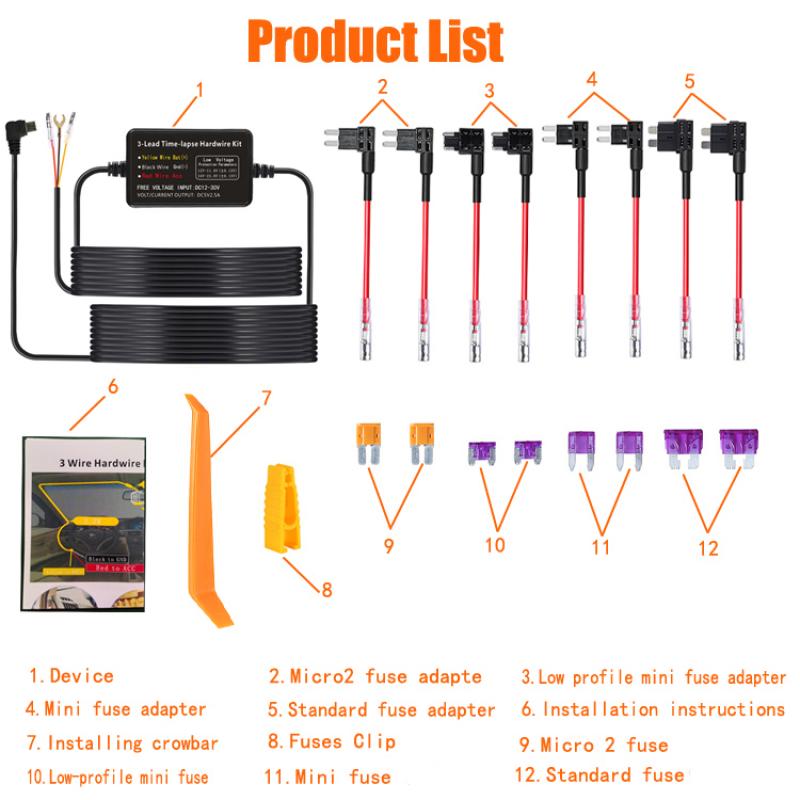
Can a dash camera drain the car battery?
Yes, especially if it's connected to a constant power source through hardwiring or an OBD-II port. To prevent this, many hardwiring kits come with a voltage cutoff feature that stops the camera from consuming battery power once it drops below a certain level. Additionally, using an external battery pack can avoid this issue altogether.
Is professional installation necessary for hardwiring?
While savvy car enthusiasts may manage it by themselves, professional installation is recommended to ensure the dash camera is correctly connected and the car’s electrical system is not compromised. A professional installer can also ensure a clean, discreet setup.
Is it worth getting a dash camera that works off the parking mode?
Absolutely, as parking mode can record any incidents that occur while the car is unattended. Whether it’s a hit-and-run in a parking lot or a case of vandalism, having a dash camera in parking mode increases your chances of capturing the incident on video.
What should I consider when buying a hardwiring kit?
Look for features like low-voltage protection, fuse taps that match your car's fuse type, and an easy-to-follow installation guide. Ensure the cables are long enough to reach from your fuse box to your preferred camera mounting spot.
Conclusion:
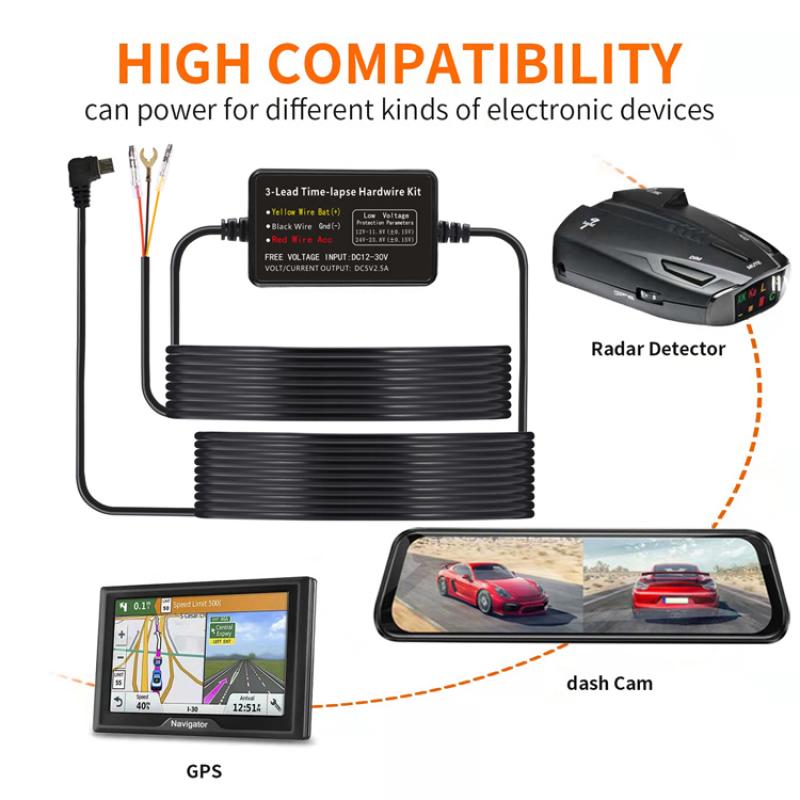
Choosing the right power source for your dash camera involves balancing ease of installation, versatility, and your specific needs. While plugging into the 12V power outlet offers convenience and portability, hardwiring and OBD-II options provide a more integrated and reliable solution. External battery packs add another layer of flexibility, especially for those who need continuous surveillance without risking their car's battery life.
Ultimately, understanding the pros and cons of each power source will help you make an informed decision that best suits your driving habits and security concerns. Whether it's protecting your vehicle while on the move or guarding it when parked, a well-powered dash camera is your vigilant companion on the road.

